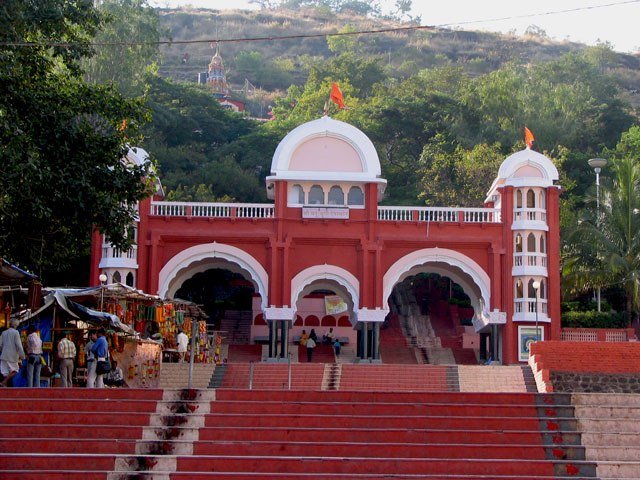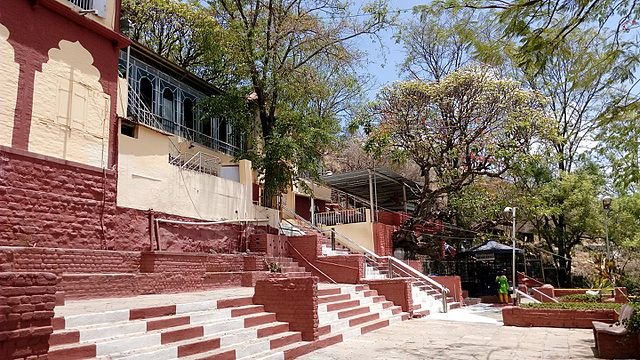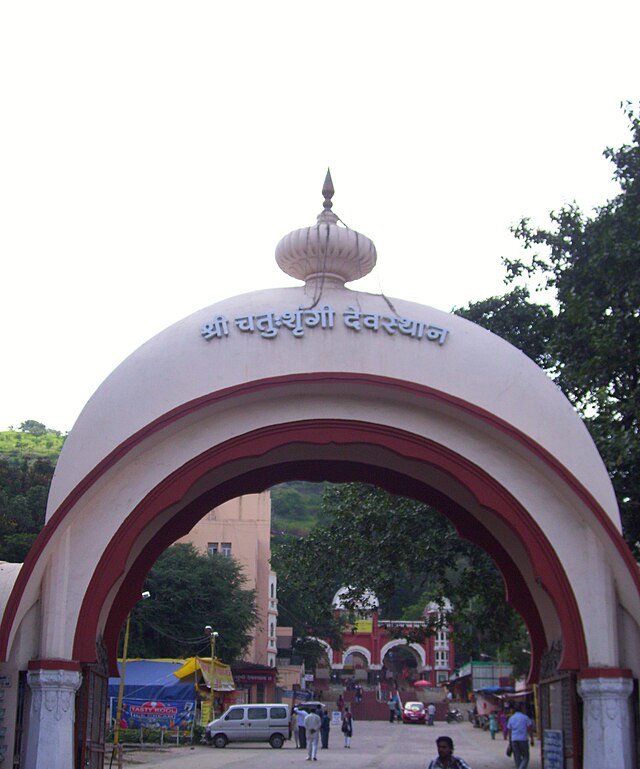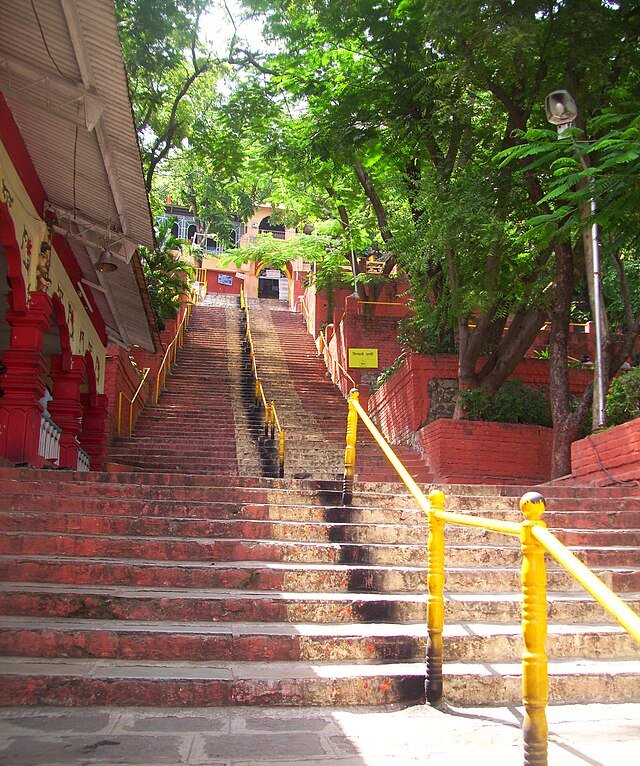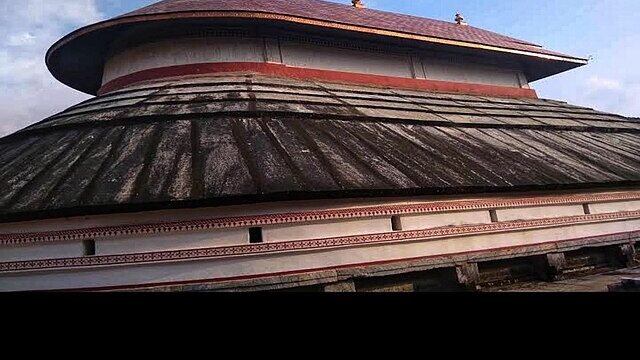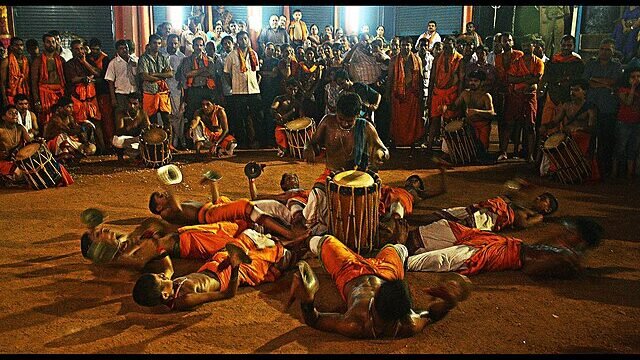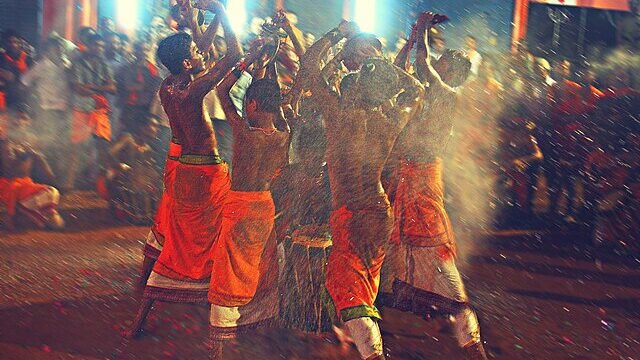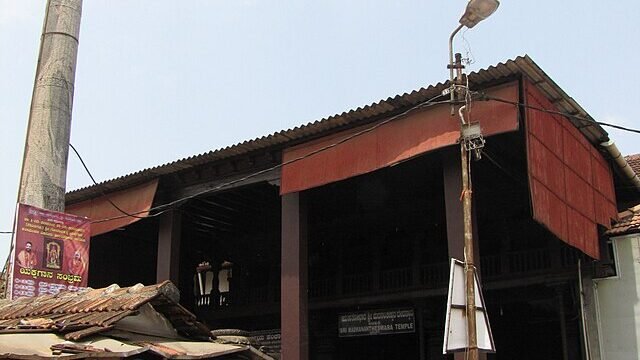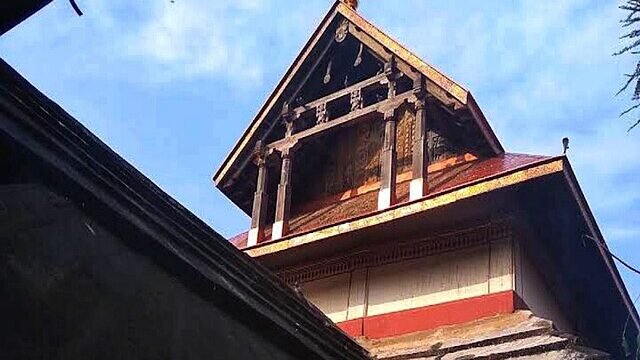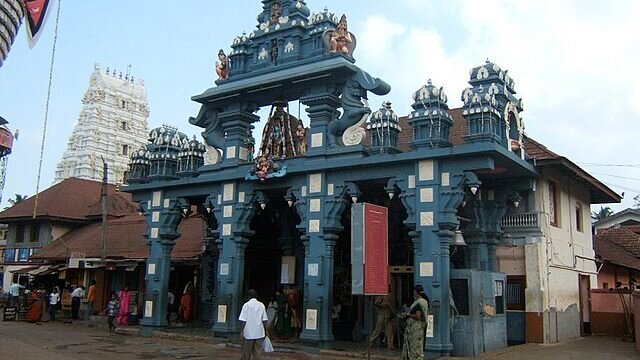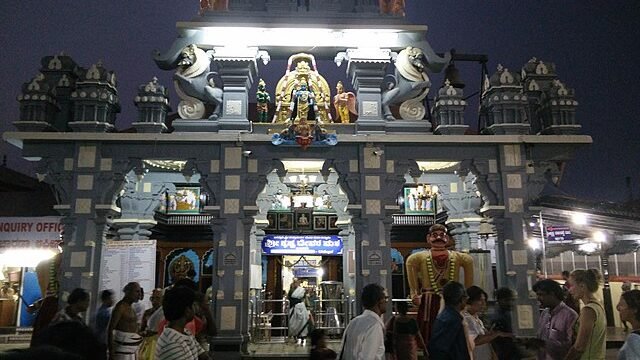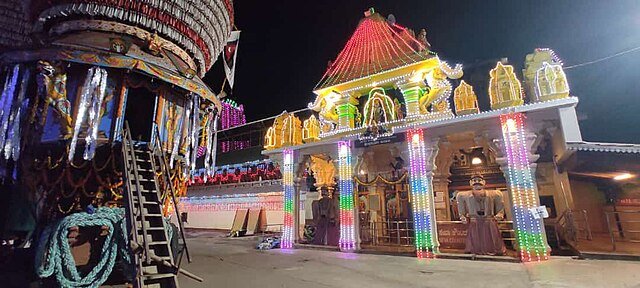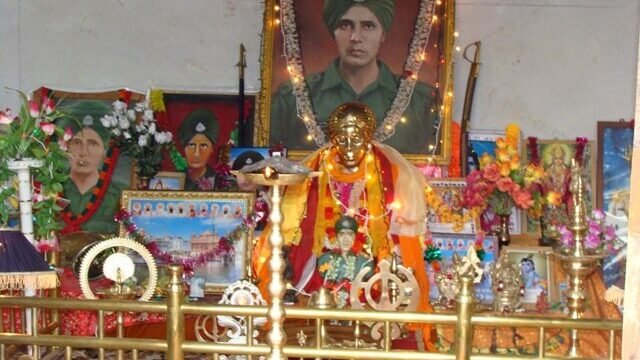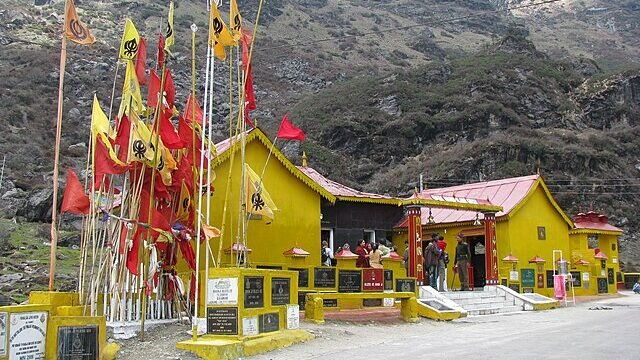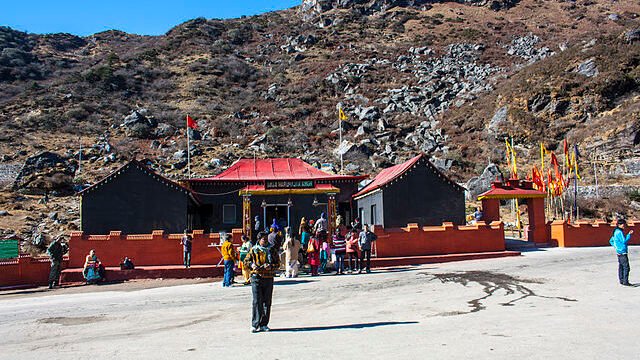Chaturshrungi Temple
Description
Perched atop a hill in the heart of Pune, the Chaturshrungi Temple is more than just a place of worship; it's a spiritual and physical ascent that culminates in breathtaking panoramic views of the city. The name "Chaturshrungi" literally means a "mountain with four peaks," and the temple complex, dedicated to the Goddess Chaturshringi, a manifestation of the Goddess of Power, is a powerful symbol of faith for the people of Pune.
To reach the main shrine, one must climb over 100 steps, a journey that many pilgrims believe purifies them with every step, drawing them closer to the divine. Visit during Pune local sightseeing by cab
My visit to the Chaturshrungi Temple was a perfect blend of a peaceful spiritual experience and a rewarding climb. Standing at the top, looking out over the city, I felt a sense of calm that only such a beautiful and elevated place can provide.
How to Reach Chaturshrungi Temple:
The Chaturshrungi Temple is centrally located on Senapati Bapat Road in Pune, making it very easy to access.
- By Auto-rickshaw/Taxi: The most convenient way to reach the temple from any part of Pune is by hiring an auto-rickshaw or a taxi.
- By Bus: The city bus service (PMPML) has several routes that stop near the temple's base.
- By Foot: From nearby areas like Pune University or Model Colony, it's a short and pleasant walk.
History of Chaturshrungi Temple:
The history of the Chaturshrungi Temple is a fascinating tale rooted in Hindu mythology and local folklore. It is believed to have been founded by a wealthy merchant named Durlabhsheth Pitambardas Mahajan, who, due to old age, could no longer make the long pilgrimage to the Saptashrungi Temple in Nashik. According to the legend, Goddess Saptashrungi appeared in his dream and guided him to a nearby mountain, where he found a self-evolved (swayambhu) idol of the goddess. He then constructed the temple at this spot. The temple was built around 250-300 years ago, and while it has been renovated over time, it retains its deep-seated history and traditional Hindu architectural style.
Things to Do at Chaturshrungi Temple:
Your visit to Chaturshrungi Temple is a unique experience:
- Climb the Steps: The journey of climbing the over 100 steps to the main shrine is a ritual in itself, a test of devotion for many.
- Offer Prayers: The primary activity is to seek blessings from Goddess Chaturshringi and the other deities within the complex, which includes idols of Goddess Durga and Lord Ganesha.
- Admire the View: From the top of the hill, you can get a spectacular panoramic view of the entire city of Pune.
- Attend the Navratri Festival: The temple is particularly famous for its grand Navratri celebrations, which attract thousands of devotees every year.
- Explore the Complex: Wander through the temple premises to see other small shrines, including those dedicated to the Ashtavinayaka (eight forms of Ganesha).
Nearest Tourist Places:
The central location of Chaturshrungi Temple means you can easily visit other famous landmarks in Pune:
- Shaniwar Wada: The historic seat of the Peshwas, offering a glimpse into Maratha history.
- Pataleshwar Cave Temple: An ancient rock-cut cave temple dedicated to Lord Shiva.
- Raja Dinkar Kelkar Museum: A rich museum showcasing a vast collection of Indian artifacts.
- Vetal Hill: A popular spot for morning walks and a great place to catch a sunrise or sunset.
- Aga Khan Palace: A historical landmark known for its association with Mahatma Gandhi.
Significance:
The Chaturshrungi Temple holds profound spiritual and cultural significance for the people of Pune. As the reigning deity of the city, Goddess Chaturshringi is considered its protector. The temple is a symbol of power, faith, and the city's rich religious heritage. The annual Navratri fair, in particular, is a major cultural event that reinforces the temple's importance as a community hub and a place of collective devotion. It stands as a beacon of faith, drawing people together in a shared spiritual experience.
Some FAQs:
- Is there an entry fee for Chaturshrungi Temple? No, there is no entry fee to visit the temple.
- What are the opening hours? The temple is generally open from 6:00 AM to 9:00 PM daily.
- Is the temple wheelchair accessible? Climbing the steps is a major part of the experience. The trust is planning to install escalators in the future to help differently-abled and elderly devotees.
- Is photography allowed? Photography for personal use is generally permitted.
- What is the best time to visit? The best time to visit is during the Navratri festival, though it can get very crowded. For a peaceful visit, weekdays during the non-festival season are ideal.
Location
Review
Login to Write Your ReviewThere are no reviews yet.

